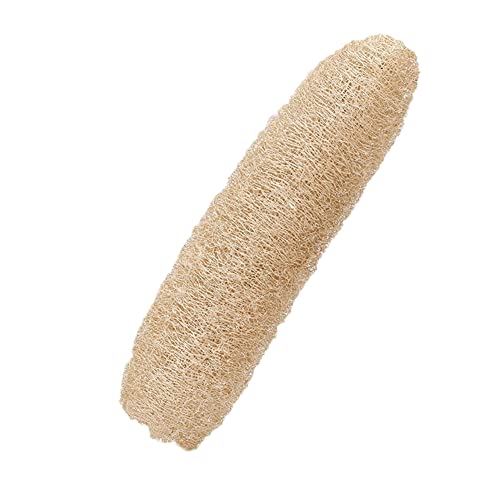- Messages
- 9,604
- Location
- Teesside
So the question; Have you reversed polarity by connecting up your battery the wrong way around?Don’t know what is wrong but my speed dial only operates on full blast,dial to turn speed up or down will not operate on any other speed
























